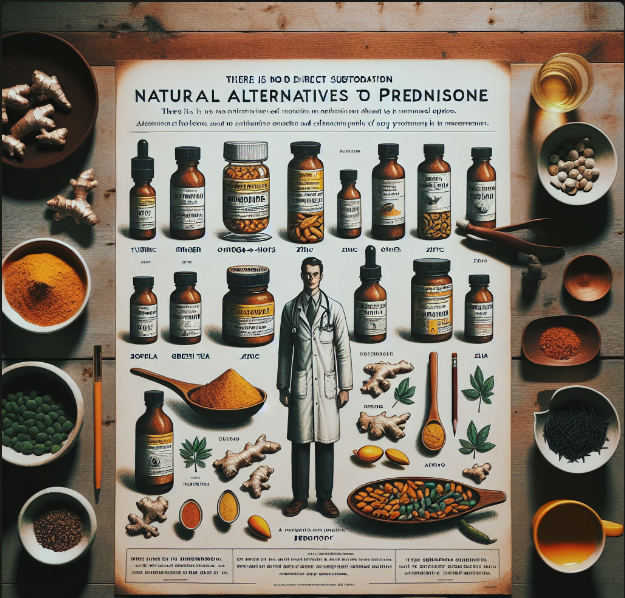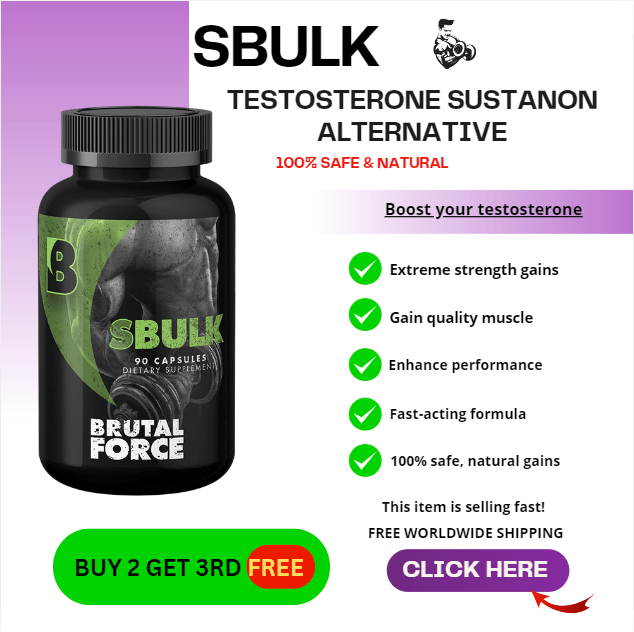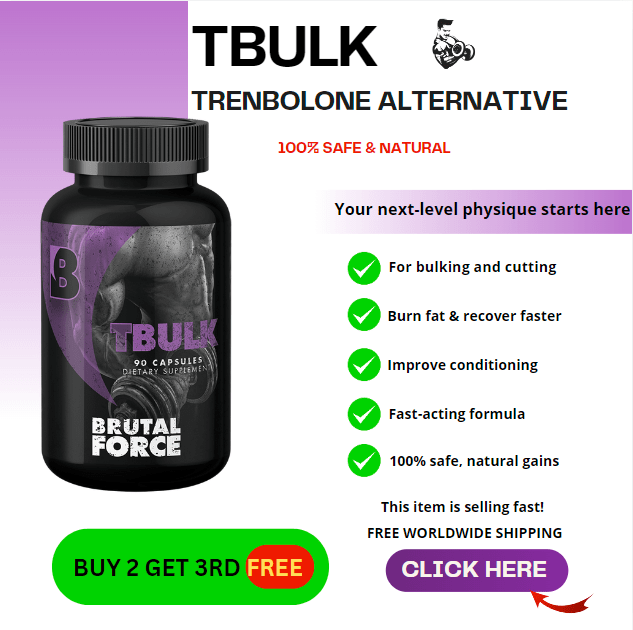Natural Alternatives to Prednisone
Prednisone is a powerful steroid medication commonly prescribed to manage chronic inflammatory conditions. While effective, long-term use of prednisone can lead to significant side effects. Fortunately, several natural alternatives can help reduce inflammation without the risks associated with prolonged steroid use. This article explores safe, natural options for those seeking alternatives to prednisone.
Understanding Prednisone and Inflammation
Prednisone is a glucocorticoid that suppresses the immune system to reduce inflammation. While it’s effective for managing various conditions, from arthritis to asthma, long-term use can lead to adverse effects such as:
- Increased risk of infections
- Osteoporosis
- Weight gain
- Mood changes
- High blood pressure
Given these potential side effects, many patients and healthcare providers are exploring natural alternatives that can help manage chronic inflammation more safely.
Top Natural Alternatives to Prednisone
Curcumin: The Golden Anti-Inflammatory
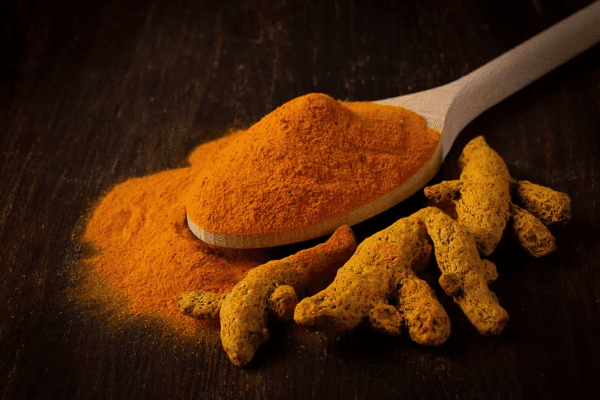
Curcumin, the active compound found in turmeric, has gained significant attention for its potent anti-inflammatory properties and wide-ranging health benefits. This “golden spice” has been used for thousands of years in traditional medicine and is now the subject of extensive modern scientific research.
Curcumin’s most notable property is its powerful anti-inflammatory action. It works by blocking inflammatory molecules in the body, including NF-κB, a protein complex involved in cellular responses to stimuli such as stress, cytokines, and free radicals.
This anti-inflammatory effect has shown promise in treating various conditions:
- Arthritis: Studies have demonstrated curcumin’s effectiveness in reducing inflammation and pain in both osteoarthritis and rheumatoid arthritis patients.
- Inflammatory Bowel Disease: Research suggests curcumin may help manage symptoms of conditions like ulcerative colitis.
- Cardiovascular Health: By reducing inflammation, curcumin may help protect against heart disease
Antioxidant Properties
Curcumin is also a potent antioxidant, helping to neutralize free radicals and boost the body’s own antioxidant enzymes. This property contributes to its potential in preventing and managing chronic diseases.
Other Health Benefits
Research has explored curcumin’s potential in various other areas:
- Brain Health: Some studies suggest curcumin may help improve memory and reduce the risk of neurodegenerative diseases like Alzheimer’s.
- Cancer: While more research is needed, preliminary studies indicate curcumin may have anti-cancer properties.
- Mental Health: There’s emerging evidence that curcumin may help alleviate symptoms of depression and anxiety.
- Skin Health: Curcumin’s anti-inflammatory and antimicrobial properties show promise in treating skin conditions like acne, eczema, and psoriasis
Bioavailability and Dosage
One challenge with curcumin is its poor bioavailability – the body doesn’t easily absorb it. To enhance absorption:
- Combine curcumin with black pepper, which contains piperine that can increase curcumin absorption by up to 2000%.
- Take curcumin supplements that use liposomal technology or nanoparticles for better absorption.
While there’s no standard dosage, studies have used doses ranging from 500mg to 2000mg of curcumin per day. It’s always best to consult with a healthcare provider before starting any new supplement regimen.
Caution: Those taking blood thinners should consult a healthcare provider before using curcumin supplements, as it may increase the risk of bleeding.
While more research is needed to fully understand curcumin’s effects, current evidence suggests it has significant potential as a natural anti-inflammatory and antioxidant compound. Its wide-ranging benefits make it a promising supplement for overall health and wellness.
Green Tea: A Soothing Anti-Inflammatory Brew
Green tea has long been revered for its potential health benefits, and its anti-inflammatory properties make it a particularly soothing brew. The powerful antioxidants found in green tea, especially catechins like epigallocatechin-3-gallate (EGCG), are responsible for many of its anti-inflammatory effects

Anti-Inflammatory Properties of Green Tea
Green tea’s anti-inflammatory action is primarily attributed to its high polyphenol content, particularly catechins. These compounds act as potent antioxidants, helping to neutralize harmful free radicals and reduce oxidative stress in the body. By doing so, they can help mitigate inflammation, which is a common underlying factor in many chronic diseases.Research has shown that green tea and its components can suppress the expression of inflammatory cytokines and inflammation-related enzymes.
This action may help in managing various inflammatory conditions, including:
- Rheumatoid arthritis
- Cardiovascular diseases
- Neurodegenerative disorders
- Certain types of cancer
Benefits for Specific Conditions
Rheumatoid Arthritis (RA): Studies have found that green tea consumption may help alleviate symptoms of RA. The antioxidants in green tea can decrease the production of certain immune system molecules that trigger inflammation and joint pain.
Cardiovascular Health: Green tea’s anti-inflammatory properties may contribute to a reduced risk of heart disease and stroke. It has been associated with lower total cholesterol levels, increased HDL (“good”) cholesterol, and reduced triglyceride levels.
Brain Health: The neuroprotective effects of green tea, including its anti-inflammatory and antioxidative properties, may help protect against neurodegenerative diseases like Alzheimer’s.
Recommended Consumption
While the optimal amount can vary, drinking 1-3 cups of green tea per day is generally considered beneficial. It’s important to note that green tea contains caffeine, so those sensitive to caffeine should be mindful of their intake or opt for decaffeinated versions.
Precautions
Despite its many benefits, it’s crucial to consume green tea in moderation. Excessive consumption may lead to side effects, particularly due to its caffeine content. Additionally, green tea may interact with certain medications, so it’s advisable to consult with a healthcare professional before significantly increasing your intake
Zinc: The Essential Anti-Inflammatory Mineral

Zinc plays a crucial role in regulating the body’s inflammatory response. Adequate zinc intake can:
- Reduce inflammatory cytokines
- Act as a potent antioxidant
- Help prevent conditions like arthritis
Mechanism of action:
- Zinc inhibits the activation of NF-κB, a key transcription factor involved in inflammatory responses
- It reduces the production of inflammatory cytokines like TNF-α and IL-1β
- Zinc increases the expression of anti-inflammatory proteins like A20 and PPAR-α
Effects on oxidative stress:
- Zinc acts as an antioxidant by inducing metallothioneins, which scavenge free radicals
- It activates antioxidant enzymes like glutathione and catalase .
- Zinc can replace pro-oxidant metals like iron and copper in certain binding sites, reducing oxidative damage.
Impact on inflammation:
- Zinc supplementation has been shown to decrease inflammatory. markers in the elderly
- It can reduce oxidative stress biomarkers and inflammatory cytokines.
- Low zinc levels are associated with increased inflammation and oxidative stress.
Benefits for specific conditions:
- Zinc may help reduce inflammation in conditions like arthritis, atherosclerosis, and diabetes.
- It can improve immune function and reduce the incidence of infections.
- Zinc supplementation may help with wound healing and skin conditions like acne.
Dosage and supplementation:
- The recommended daily intake is 8-11 mg for adults.
- Supplementation with 15-30 mg per day may provide anti-inflammatory benefits.
- Higher doses (up to 40 mg/day) may be used short-term for specific conditions.
Food sources:
- Good dietary sources include oysters, beef, pumpkin seeds, lentils, and chickpeas
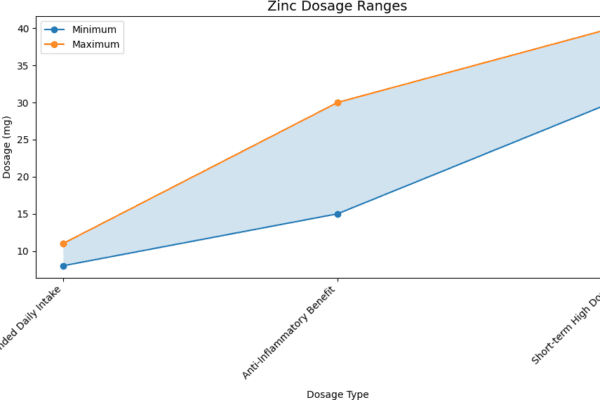
Precautions:
- Excessive zinc intake can interfere with copper absorption and potentially weaken immune function.
- It’s best to consult a healthcare provider before starting zinc supplements, especially if taking other medications.
Frankincense: Ancient Wisdom for Modern Inflammation
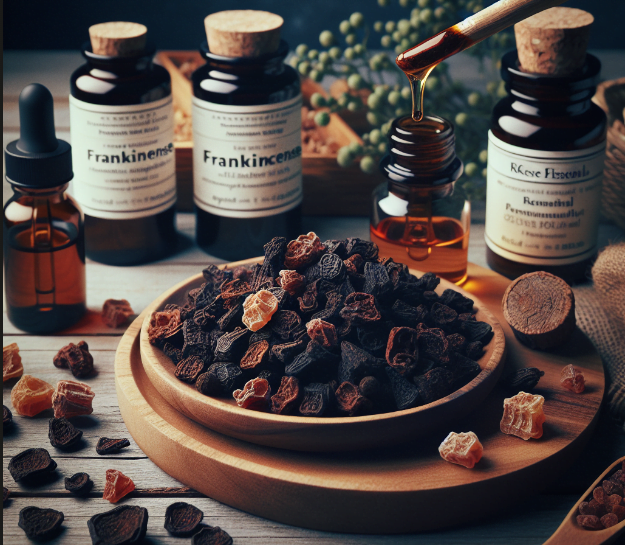
Frankincense, an aromatic resin derived from Boswellia trees, has been used for thousands of years in traditional medicine practices across various cultures. Today, modern research is shedding light on its potential anti-inflammatory properties, making it a subject of interest for treating various inflammatory conditions.
Anti-Inflammatory Properties
Frankincense contains compounds called boswellic acids, which are believed to be the primary source of its anti-inflammatory effects.These compounds appear to work by:
- Inhibiting the production of inflammatory molecules in the body
- Preventing the breakdown of cartilage tissue
- Reducing oxidative stress
These mechanisms contribute to frankincense’s potential in managing inflammatory conditions such as arthritis, asthma, and inflammatory bowel diseases.
Applications for Inflammatory Conditions
Osteoarthritis: Several studies have investigated frankincense’s efficacy in treating osteoarthritis, particularly of the knee. A review of clinical trials found that frankincense was consistently more effective than placebo in reducing pain and improving mobility in osteoarthritis patients. However, it’s important to note that the quality of many studies was low, and more research is needed.
Rheumatoid Arthritis: The anti-inflammatory properties of frankincense may also be beneficial for rheumatoid arthritis. Some studies suggest it might help reduce joint inflammation and pain associated with this condition.
Inflammatory Bowel Diseases: Frankincense’s anti-inflammatory effects may extend to the digestive system. Some research indicates it could help manage symptoms of Crohn’s disease and ulcerative colitis.
Asthma: Traditional medicine has long used frankincense to treat respiratory conditions. Modern studies are exploring its potential in managing asthma symptoms by reducing airway inflammation.
Usage and Safety
Frankincense can be used in various forms:
- Oral supplements (capsules or tablets)
- Topical creams or oils
- Essential oil for aromatherapy
While generally considered safe, it’s important to note that the optimal dosage is not well established and may vary depending on the condition and individual. Some reported side effects include minor gastrointestinal issues like indigestion or nausea.
Cat's Claw: Nature's Anti-Inflammatory Herb

Cat’s claw is a tropical vine native to the Amazon rainforest that has been used for centuries in traditional medicine. Its name comes from the hook-like thorns that resemble a cat’s claws. The two main species used medicinally are Uncaria tomentosa and Uncaria guianensis.
Key Benefits
Cat’s claw is best known for its anti-inflammatory and immune-modulating effects. Some of its potential benefits include:
- Reducing inflammation: Cat’s claw contains compounds that can inhibit inflammatory substances in the body, potentially helping with conditions like arthritis.
- Boosting immune function: Studies show cat’s claw can stimulate the immune system by increasing white blood cell counts.
- Relieving joint pain: Some research indicates cat’s claw may help reduce pain and improve function in osteoarthritis and rheumatoid arthritis.
- Supporting digestive health: The herb is traditionally used for various gastrointestinal issues like ulcers, gastritis, and inflammatory bowel conditions.
- Antioxidant effects: Cat’s claw contains antioxidants that may help protect cells from damage.
Active Compounds
The beneficial effects of cat’s claw are attributed to various phytochemicals, including:
- Oxindole alkaloids (e.g. pteropodine, isopteropodine)
- Quinovic acid glycosides
- Proanthocyanidins
- Tannins
- Sterols
These compounds are believed to contribute to the herb’s anti-inflammatory, antioxidant, and immunomodulatory properties.
Scientific Evidence
While cat’s claw has a long history of traditional use, scientific research on its effects in humans is still limited. Some studies have shown promising results:
- A small study found that cat’s claw extract reduced pain in patients with active rheumatoid arthritis.
- Research suggests cat’s claw may help protect against chemotherapy side effects and improve quality of life in cancer patients.
- Animal and laboratory studies indicate potential benefits for conditions like osteoarthritis, viral infections, and ulcers, but more human trials are needed.

Safety and Side Effects
Cat’s claw is generally considered safe when taken orally in appropriate doses for short periods. However, some potential side effects include:
- Headache
- Dizziness
- Nausea
- Diarrhea
It may also interact with certain medications, including blood thinners and drugs that suppress the immune system.
Precautions
Cat’s claw should be avoided by:
- Pregnant or breastfeeding women
- People with autoimmune disorders
- Those taking immunosuppressant drugs
- Individuals with bleeding disorders or scheduled for surgery
Always consult a healthcare provider before using cat’s claw, especially if you have any medical conditions or are taking medications.
Forms and Dosage
Cat’s claw is available in various forms:
- Capsules or tablets
- Liquid extracts
- Teas
- Bark decoctions
Typical doses range from 250-1000 mg per day, but optimal dosages have not been well established. Follow product instructions or consult a healthcare professional for guidance
While cat’s claw shows promise as a natural anti-inflammatory and immune-supporting herb, more research is needed to fully understand its effects and optimal uses
Incorporating Natural Alternatives into Your Routine
When considering natural alternatives to prednisone, keep these tips in mind:
- Consult your healthcare provider: Always discuss changes to your treatment plan with a medical professional, especially if you’re currently taking prednisone or other medications.
- Start slowly: Introduce one natural alternative at a time to monitor its effects and any potential side effects.
- Be patient: Natural remedies often take time to show their full effects. Consistency is key.
- Combine approaches: A holistic approach combining diet, exercise, stress management, and natural supplements often yields the best results.
- Monitor your symptoms: Keep track of your inflammation levels and overall health to assess the effectiveness of natural alternatives.
Conclusion: Embracing Natural Anti-Inflammatory Options
While prednisone remains a valuable tool for managing severe inflammatory conditions, natural alternatives offer safer options for long-term management of chronic inflammation. By incorporating these natural anti-inflammatories into your lifestyle, you may be able to reduce your reliance on steroid medications and improve your overall health.
Remember, the journey to managing inflammation is personal, and what works best may vary from person to person. Work closely with your healthcare provider to develop a comprehensive plan that incorporates the most effective natural alternatives for your specific needs.







